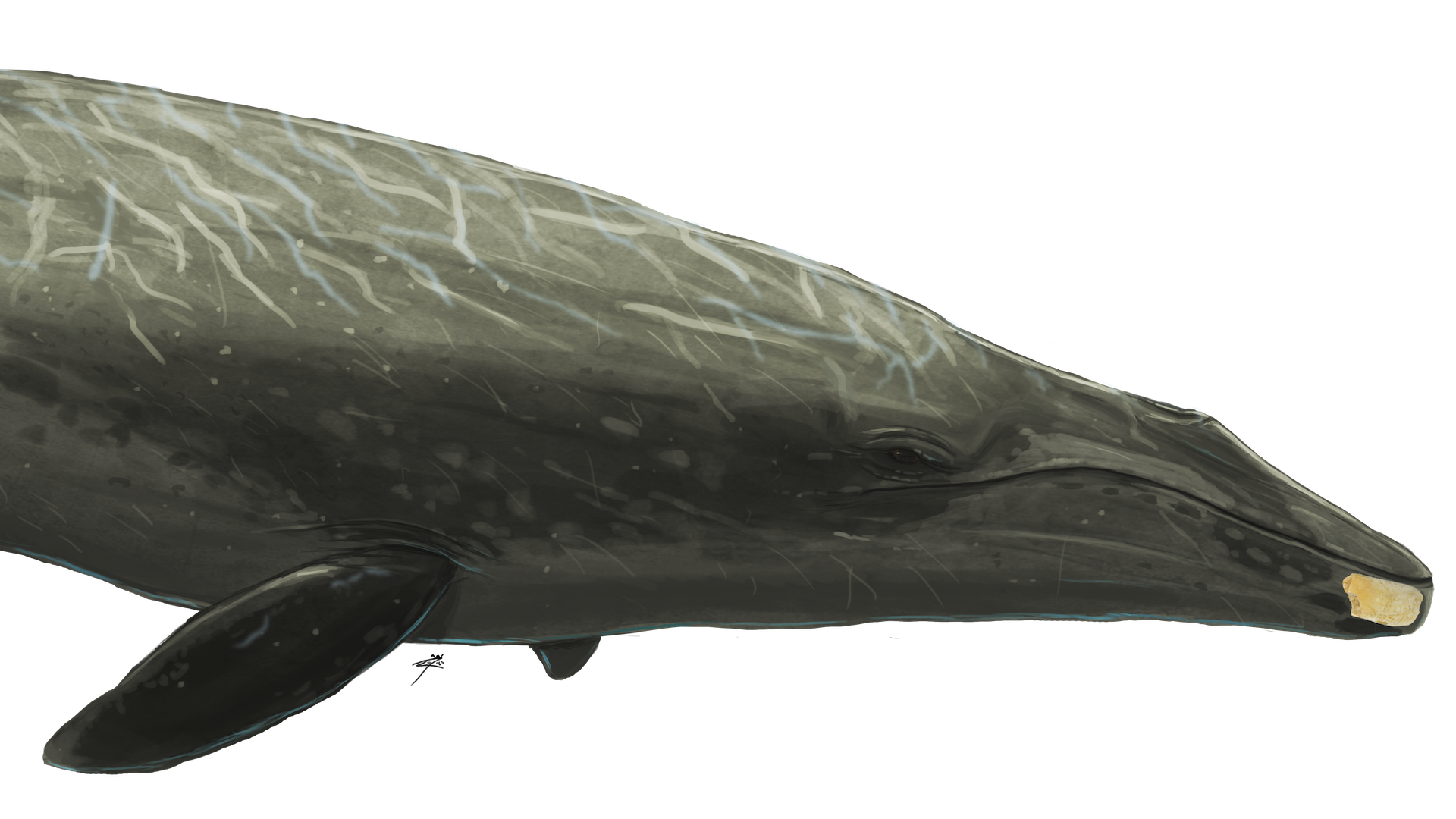Baleen whales, known as the largest animals to have ever lived, have a new record holder. The blue whale, which can reach lengths of up to 30 meters, holds the title. However, recent fossil discoveries from the Southern Hemisphere are challenging the belief that most baleen whales were relatively small. A fossil found on the banks of the Murray River in South Australia, estimated to be around nine meters in length, is now the new record holder from its time. This finding suggests that baleen whales may have been larger much earlier in their evolutionary history than previously thought.
Baleen whales are unique because they do not have teeth like most mammals. Instead, they have baleen, a large rack of hair-like keratin used to filter out small krill from the water. This adaptation allowed baleen whales to efficiently feed on zooplankton and evolve larger body sizes.
The evolutionary history of baleen whales has a gap between 23 and 18 million years ago when ancient “toothed baleen whales” went extinct. After this gap, only the relatively small, toothless ancestors of baleen whales remained. Previous research suggested that baleen whales remained small until the ice ages, but new fossil finds from the Southern Hemisphere indicate that whales got bigger much earlier.
The recent discovery of the fossilized “chin” bone from the Murray River in South Australia suggests that larger baleen whales may have emerged earlier in their evolutionary history. This finding, along with other fossils from South America, indicates that the Southern Hemisphere may have been the cradle of gigantic whale evolution.
The Southern Hemisphere’s temperate seas, connected by the Southern Ocean, are extremely productive and support a significant amount of marine megafauna. This may explain why larger baleen whales appear more frequently in the fossil record from the Southern Hemisphere.
As we learn more about the evolutionary history of whales, we can gain insight into their role in the ocean ecosystem and how it may be affected by climate change.


